Part 2 of the venomous snakes found in Cambodia. For part 1, scroll down. Remember, most snake species encountered in the kingdom are not dangerous and fulfil a vital role in the ecosystem.
Twelve non-venomous/dangerous snakes can be found here.

The king cobra (Ophiophagus hannah). The longest venomous snake in the world grows up to 4 m.

Perhaps not deserving off such a fearsome reputation, the king cobra will normally try to escape when disturbed. If provoked they will adopt the classic cobra stance and hiss before striking.
The king cobra can be identified by yellow or white chevron strips on the hood.
Due to hunting and habitat loss, king cobras are rare. The venom can deliver death in around 30 minutes after a bite.
In Thailand, a concoction of alcohol and the ground root of turmeric is ingested, which has been clinically shown to create a strong resilience against the venom of the king cobra, and other snakes with neurotoxic venom. EDIT: After an idiot complained, it should be pointed out that this is quoted in several dozen sources, but not a medical recommendation. (Some people, huh?)
DEADLY SNAKE RANKING *****
The Indochinese spitting cobra (Naja siamensis)

This cobra may come into contact with humans at home, as it feeds on small rodents. Mostly only active at night. The spitting cobra is shorter (around 1 m) and thinner than other cobras.
When threatened, as the name suggests, this snake spits venom, which although not fatal, can cause blindness if caught in the eyes.
A bite is potentially lethal, but an antivenom is produced.
DEADLY SNAKE RANKING ****
Rhabdophis subminiatus, commonly called the red-necked keelback.
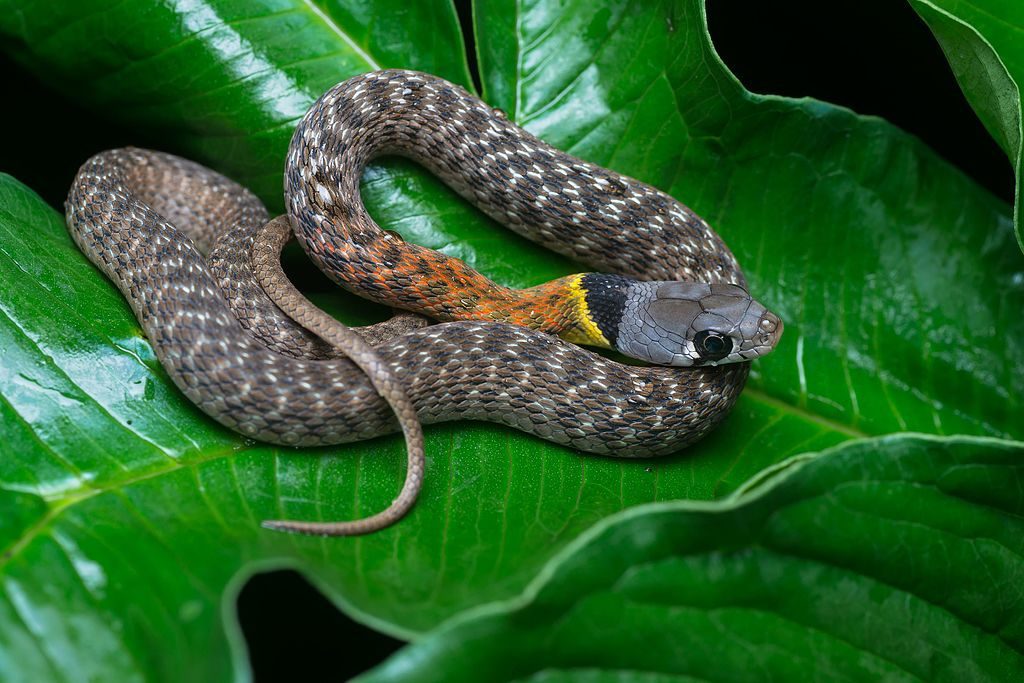
A very common snake in Asia, found around ponds and slow moving water, where it eats frogs.
This snake stores venom in its rear fangs, and will open it’s mouth wide to show these when threatened (there was once one in CNE towers, and the sight was quite scary).
As most bites are delivered first through the front fangs, they can be painful, but not deadly. Bites from rear fangs are rare, but can be fatal.
DEADLY SNAKE RATING *
Trimeresurus albolabris, the white-lipped pit viper

A common snake across Southeast Asia, it feeds on birds, frogs and small mammals and mostly stays in trees.
Venom is potentially lethal, but deaths resulting from bites are rare.
DEADLY SNAKE RANKING **
Vogel’s Green Pit Viper (Trimeresurus vogeli )
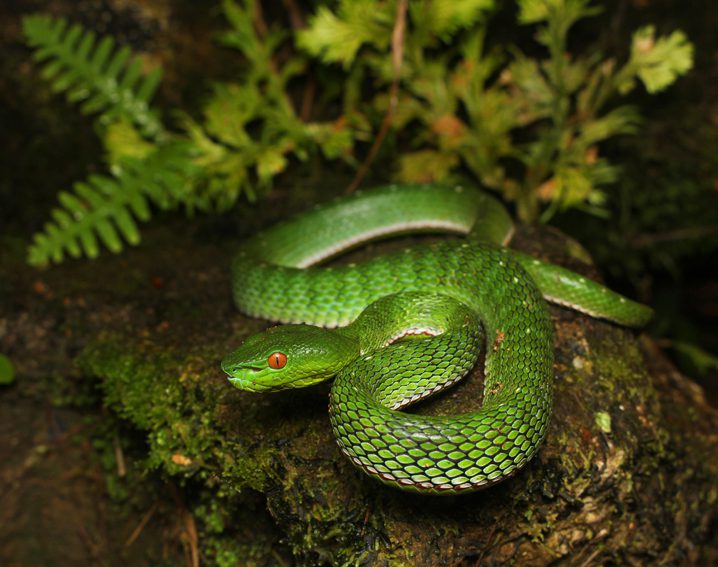
Another tree dwelling snake found in higher elevations across the region. Venomous, but little information is available on fatalities.
DEADLY SNAKE RANKING *
PART ONE :
Like one of those NAT-GEO shows, CNE are running down the list of the most deadly snakes found in the Kingdom.
- Bungarus candidus – Malayan Krait Common Krait or Blue Krait
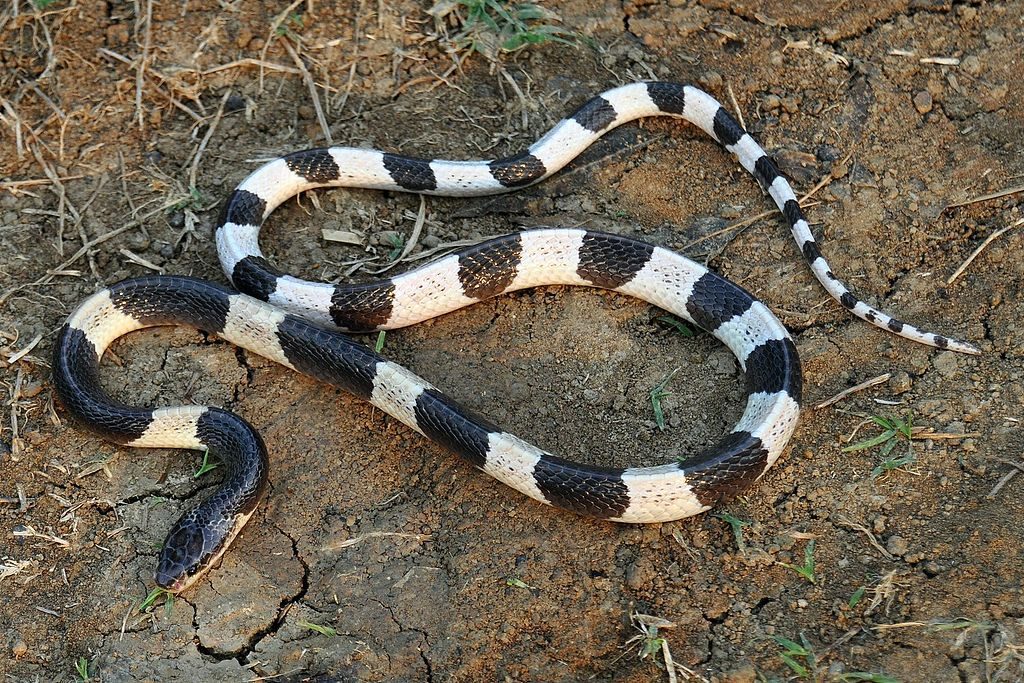
The Malayan krait may attain a total length of 108 cm (about 3.5 ft), with a tail 16 cm (6.3 in) long.
Not very aggressive, and normally only bite when provoked.
Venom is neurotoxic, (ranked 3rd out of snake bites), and attacks the human nervous system, shutting it down. Coma, brain death, and suffocation due to paralysis of the muscles and nerves necessary for crucial functions like the diaphragm, and or heart, are frequent causes of death.
Death results usually 12-24 hours after an envenomed bite that is not treated. Little or no pain is usually felt at the bite location. After envenomation approximately 50% of bite victims will succumb to the effects of the venom, dying usually from respiration stopping when the diaphragm stops.
DEADLY SNAKE RANKING *****
2.Bungarus fasciatus – Banded Krait
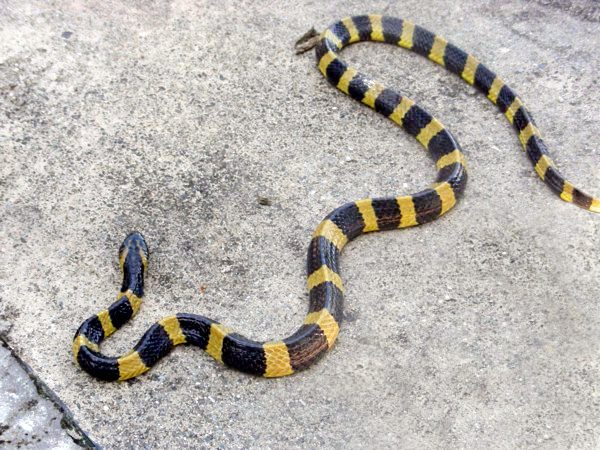
Looks like a very evil wasp that grows to 2 m long. These snakes mainly eat other snakes. They are mostly nocturnal and shy and are quite hard to find. They live underground, and sometimes bite people sleeping on floors at night.
Death within 30 minutes to a day. A famous American herpetologist, Joe Slowinski, was killed by a baby krait (Bungarus multicinctus) in Burma while on a remote expedition. He finally succumbed after 30 hours. Don’t mess.
DEADLY SNAKE RANKING ****
3. Bungarus flaviceps – Red-headed Krait

Looks pure evil, but very rare. Lives in rainforest environments and human contact is very uncommon. Will totally ruin you life if bitten.
DEADLY SNAKE RANKING ***
4. Calliophis maculiceps – Small-spotted Coral Snake
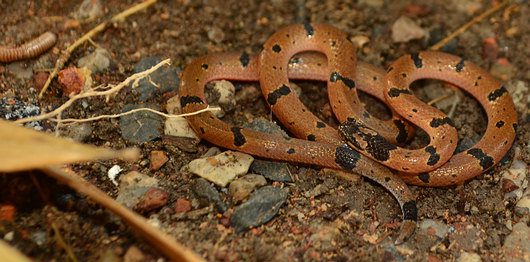
A common snake that lives under leaves and loose soil. Nocturnal and eats small snakes and insects. It has a very small mouth and limited biting ability, but is venomous and can cause death.
DEADLY SNAKE RANKING **
5. Calloselasma rhodostoma – Malayan Pit Viper
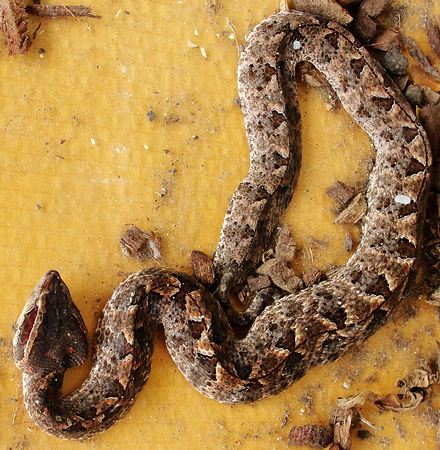
These are killers. A land based snake, which is very lazy and doesn’t move out of the way disturbed. It is found on farmland, rubber/bamboo plantations and grassland.
This viper has the longest fangs of any Asian snake and the venom is necrotoxic – it destroys all cells it comes in contact with – red blood cells, muscle, ligaments, and bone.
With a quick hospital visit after a bite you may just lose part of your finger, or some tissue where the bite occurred. The venom causes a bite victim to bleed from body orifices – eyes, nose, mouth, ears, sexual organs, and sometimes fatally in the brain. Most people don’t die if they go to the hospital. Deaths occur when bite victims delay seeking medical treatment. There is antivenom for this snake.
If you are bitten by this snake, do NOT wrap a tight band around the bite location. That will stop the venom from moving, from being diluted, and the tissue will suffer much more destruction.
Oh, and babies hatch from eggs with more than enough venom to kill a man.
Don’t eff with this snake!
DEADLY SNAKE RANKING *****
6. Daboia siamensis – Eastern Russell’s Viper, Siamese Russell’s Viper
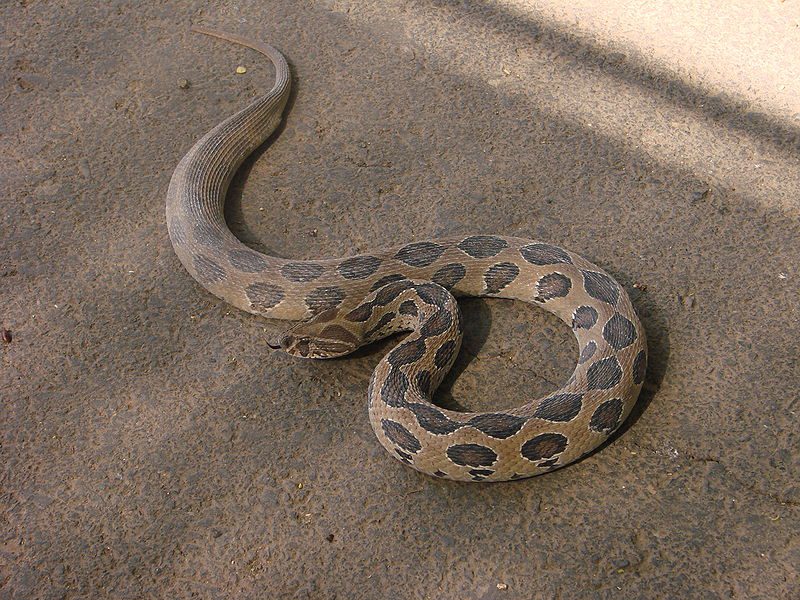
A common killer which lives in drier, flat ground and often comes into contact with humans.
More active in the cooler season, can be seen by day, but mostly nocturnal.
Very deadly, but anti-venom is (hopefully) available.
DEADLY SNAKE RANKING ****
7. Naja kaouthia – Monocellate Cobra, Monocled Cobra
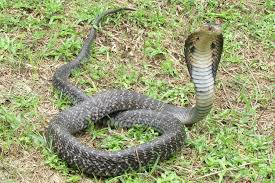
A very aggressive daytime snake that can be found in rice fields and grassland across Cambodia. This has a very long and fast strike.
These snakes get bad tempered in hot season and are extremely deadly. Identified by an eye shaped circle on the hood.
One of SEA’s biggest causes of snake bite death, a bite can kill within 1-4 hours.
Walk away, calmly and slowly.
DEADLY SNAKE RANKING: *****
Read more:

You need to review the use of apostrophes. Sack your proofreader and see me after school…
An interesting article nonetheless.
The proofreader is dead 🙁 . He wasn’t much use anyway.
More about snakes, spiders and animals in general please
You should NEVER consume alcohol after a bite: alcohol is astimulant which increases blood-flow and thus speeds up venom distribution. I think your claim that turmeric/alcohol concoction is effective in the event of envenomation is irresponsible and dangerous. People will try it first, get sicker, and delay seeking proper medical help. This may cost them their lives. It may even open you up to legal action. Can you provide a credible citation for this claim?
It was not a claim, just a remedy in Thailand. This is an observation, not a medical recommendation. Plus who is stupid enough to get bit by a cobra and take this information as gospel? There are dozens and dozens of sources for this:
” Other components have cardiotoxic, cytotoxic and neurotoxic effects. In Thailand, a concoction of alcohol and the ground root of turmeric is ingested, which has been clinically shown to create a strong resilience against the venom of the king cobra, and other snakes with neurotoxic venom. Proper and immediate treatments are critical to avoid death. Successful precedents include a client who recovered and was discharged in 10 days after being treated by accurate antivenom and inpatient care.”
https://www.thainationalparks.com/species/ophiophagus-hannah
http://nistrajampet.ac.in/journals/Treatment%20of%20ASV%20used%20by%20King%20Kobra%20Bite.pdf
https://viperbrothers.co.za/newsite/wp-content/uploads/2018/11/Ophiophagus-hannah.pdf
http://nistrajampet.ac.in/journals/Treatment%20of%20ASV%20used%20by%20King%20Kobra%20Bite.pdf
https://venommarket.com/snake-venom-20/
https://www.academia.edu/11646884/Treatment_of_ASV_used_by_King_Kobra_Bite
Can continue…. want more?